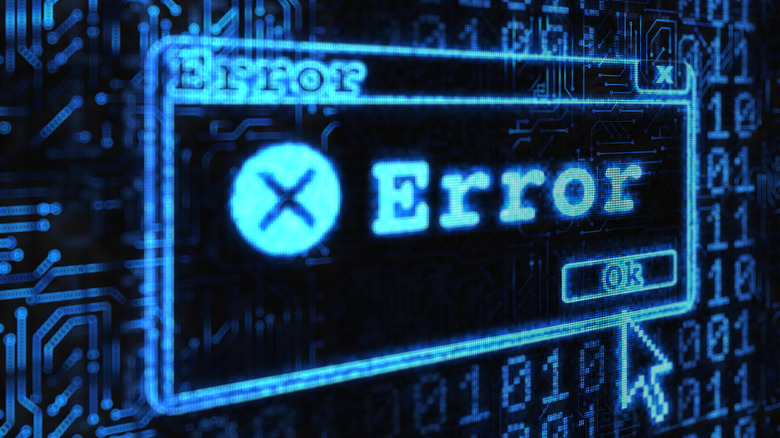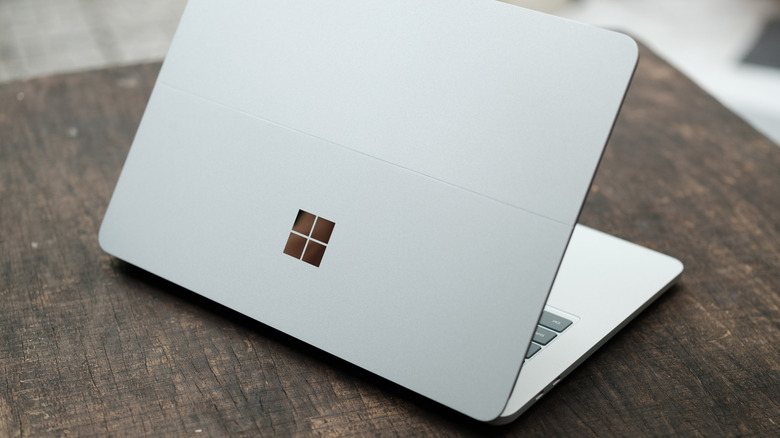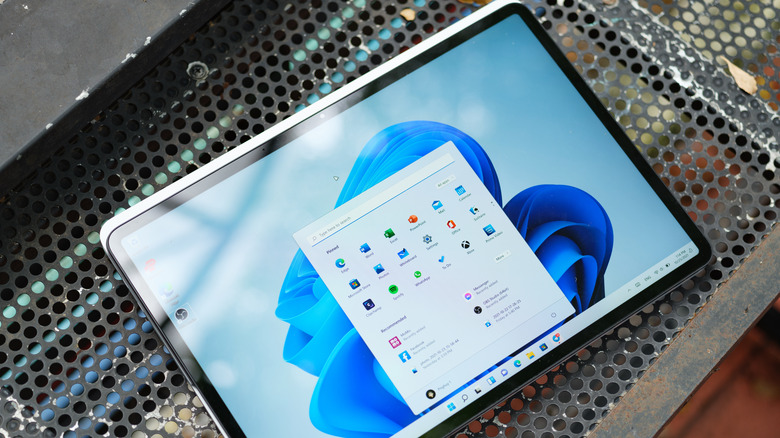Windows 11 0x0 0x0 Error Code: An Easy Troubleshooting Guide
Windows error codes are the bane of the existence of many Windows users. Generally displayed as seemingly random alphanumeric sequences, they help identify and diagnose various errors that occur within the operating system. Each error code serves as a pointer to a specific problem, ranging from hardware issues to problems with specific apps, system conflicts, or compatibility errors. At first glance, they may not mean much, but they're designed to be looked up, not immediately provide you with detailed information.
Among Windows 11 error codes, "0x0 0x0" is among the most ubiquitous and most difficult to pin down the direct cause of. Its cause is known in general terms, but the specifics of what causes a specific instance of it can vary wildly. A lot can go wrong in Windows that can lead to it popping up, so troubleshooting involves the trial and error of attempting different fixes until one works.
Unfortunately, there's no singular magic bullet here, but that doesn't mean that you can't fix it. So, let's look at some of the steps you can take to try to fix the problem and, in the process, potentially narrow down exactly what's causing it.
How exactly do I troubleshoot the error?
Technically speaking, Windows error code 0x0 0x0 is a generic error code that is associated with any time that Windows has issues accessing a specific file or program. In practice, it's often a byproduct of issues with the Windows Insider Preview feature that lets users try out beta builds of the operating system. But as a relatively generic error, multiple different troubleshooting steps are worth trying without a clear singular fix.
Some of these are more obvious, basic Windows troubleshooting steps, like restarting your computer, updating Windows hardware drivers, systematically trying to figure out what programs might conflict with each other, rolling back Windows Updates if the problem materialized after an update, or, if push comes to shove, reinstalling Windows. Other options, though, are more involved. For example, you can run the System File Checker tool, which searches for missing or corrupted files and restores functional copies of them. To do this:
- Press the Windows key and X together, then choose Terminal (Admin).
- Type sfc /scannow at the prompt and press Enter.
- Restart your computer after the scan is complete.
That's not all, though. There are some more advanced and involved troubleshooting steps you can take.
More advanced troubleshooting steps
Alternatively, you can also delete the WindowsSelfHost registry key — always make sure you've backed up everything before editing the Registry — and have it repopulate:
- Open the Registry Editor by pressing the Windows key and R together to open the Run dialog box, typing regedit, and then pressing Enter.
- Navigate through the Registry Editor to HKEY_LOCAL_MACHINE \ SOFTWARE \ Microsoft \ WindowsSelfHost.
- Right-click WindowsSelfHost and click Delete.
- Restart the computer. If the registry entry doesn't automatically regenerate, it will if you then access the Windows Insider Program.
Another option is to run the Deployment Image Servicing and Management Tool, or DISM for short. This is another way to fix corrupted system files. To run DISM:
- Press the Windows key and X together, then choose Terminal (Admin).
- Type Dism /Online /Cleanup-Image /RestoreHealth at the command prompt and press Enter.
- Restart your computer after the system scan is complete.
Alternatively, you can disable Windows startup apps or go a step further by disabling all third-party services to allow you to do what's known as a "clean boot" of Windows. To do this:
- Press the Windows key and R together to open the Run dialog box.
- Type msconfig and then press Enter.
- Navigate to the Services tab and check off the "Hide all Microsoft services" box in the lower-left corner.
- Click the "Disable all" button just above the lower right corner.
- Click the "Open Task Manager" link and individually disable every startup app.
- Save your changes and restart your computer.
If this fixes the issue, you want to then go back and turn the Microsoft services back on one by one to try to figure out which was causing the error.


